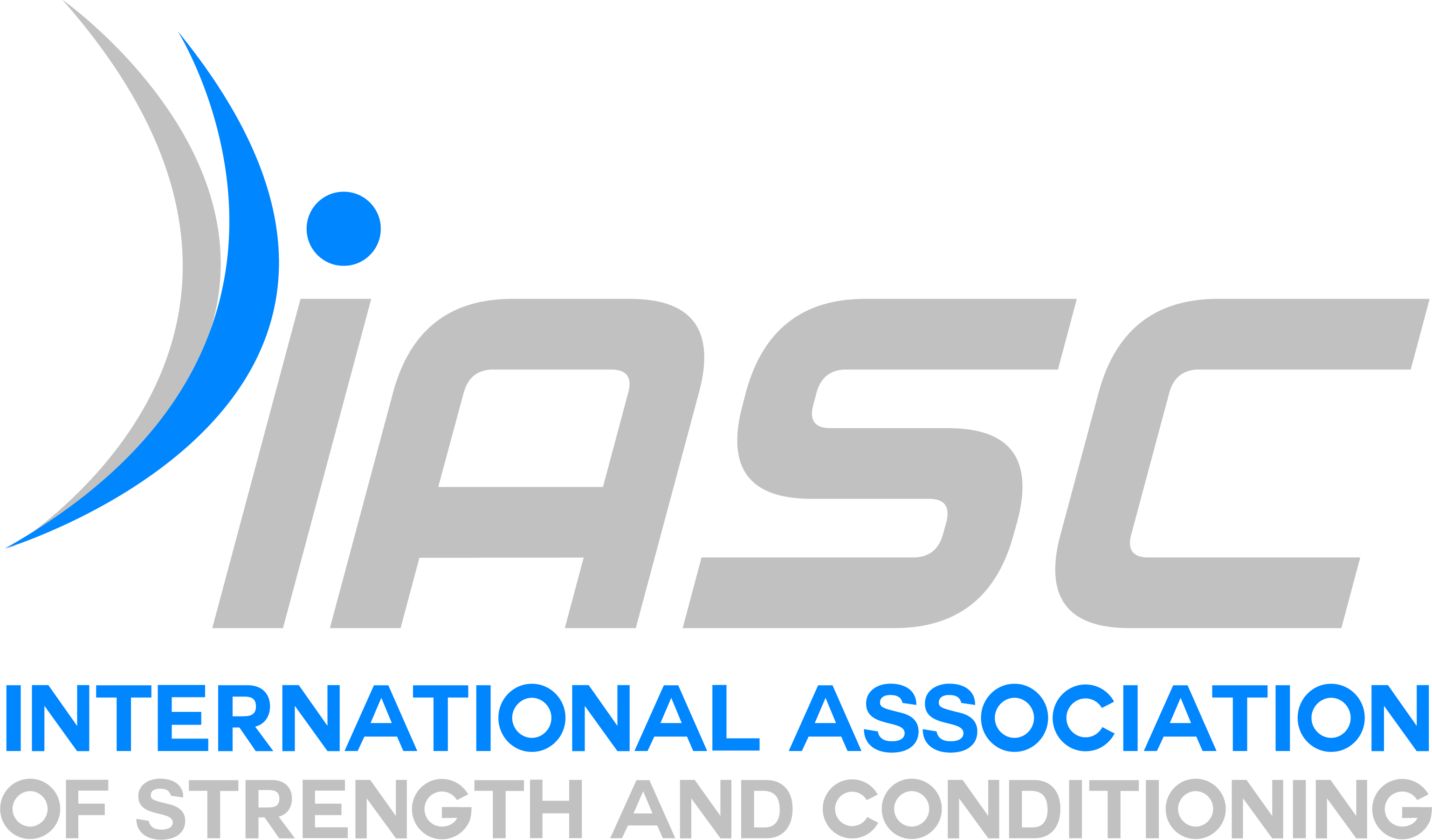“If there was one single factor that helped this team to perform to the level they did at Atlanta, it was the recovery program that was put in place…and monitored throughout our 1996 program.” Barry Barnes Head Coach, Australian Men’s Basketball, 1996 Atlanta Olympic Report
Recovery from training and competition is a critical component of the training and paramount for performance and continuous improvement. If the recovery is appropriate, higher training volumes and intensities are possible without the detrimental effects of overtraining.
But what is recovery?
The return of physiological systems to baseline results in a restoration of athletic performance to predisruption levels, or at least to levels sufficient for further overload training.
Timescales of Recovery
Recovery can occur on several timescales, which need to consider when planning for recovery. The timeline could be:
- Within the session. full recovery between efforts is not necessary.
- Between two sessions. One of the most important timescales for recovery is between two training sessions within a microcycle.
- Between Microcycles to Microcycle. A microcycle of training is the period of time in which an athlete completes a series of training sessions. When the athlete moves to the second microcycle, he or she generally repeats the same series of training sessions as performed in the first microcycle.
- Mesocycles to mesocycles. A mesocycle is a collection of microcycles that make up a “block” or dedicated period of specific training, lasting around 46 weeks. Mesocycle to mesocycle recovery describes a more moderate, month-to-month timeline of recovery, and allows productive training cycles between different phases of training. As we look across mesocycles of training, we find a need for strategies to address acute and chronic fatigue. If no recovery measures are taken within or between mesocycles, the athlete will not be able to overload train from one cycle to the next, resulting in declining gains.
- And Macrocycle to Macrocycle Recovery. Macrocycles are simply a series of mesocycles. A macrocycle of training is typically a period of 4 months to a year and marks the duration between one major competition and the next in individual sports, or one season and the next in team sports. Some causes of fatigue can take so long to recover from that entire portions of a macrocycle need to be dedicated to ensuring that they don’t continue to accumulate and eventually cause trouble at the mesocycle level and below.
There are many recovery strategies such as:
- Hydrotherapy,
- Active recovery,
- Stretching,
- Compression Garments,
- Massage, Foam roller
- Sleep and
- Nutrition.
But this article just talks about probably the two main recovery strategies Nutrition and Sleep.
Nutrition and sleep are always going to have the biggest impact on our recovery ability and also things that we’re already doing. these factors are going to account for most of our recovery ability.
Nutrition plays a critical role in athletic performance ability. One of the basic rules for health is that athletes must maintain a balance between their nutrition needs and diet in order to restore biological constants. This balance must be understood both in terms of calories (quantitative balance) and in terms of macro-and micronutrients (qualitative balance).
Refueling properly will enhance muscle repair, restore muscle and glycogen stores and replace fluid loss. Refueling is important to return the body back to its resting state so that athletes can start quality training again as soon as possible. And the aims of nutrition recovery are specific to each athlete and to each training period.
We understand that our total calorie intake is going to influence our recovery. So if we’re restricting our calories, our recovery ability is going to be less.
And the last of the recovery fundamentals is sleep.
We all know the importance of sleep in maintaining a healthy lifestyle. Getting enough highquality sleep is equally important in the recovery from training. Unfortunately, most athletes (and people in general) still don’t allocate enough time to sleep despite knowing its value. Sleep is the single most powerful recovery tool there is, and it comes with some awesome perks: it’s free, requires minimal effort, and all you need is time. Let’s discuss what it is about sleep that makes it so powerful.
So sleep is required for recovery of all bodily systems and this is pretty intuitive. When we don’t get enough sleep, we don’t feel as good and we don’t perform as well. So it’s not necessarily that sleep will enhance recovery, but it’s more so a lack of sleep will negatively affect recovery.
References:
- LANCE C. DALLECK, PH.D. THE SCIENCE OF POST-EXERCISE RECOVERY
- Dr. James Hoffmann, Dr. Mike Israetel, Dr. Melissa Davis, Recovering from Training How to Manage Fatigue to Maximize Performance, 2018
- Recovery for Performance in Sport, Christophe Hausswirth, Iñigo Mujika,

Stay updated with the International Association of Strength and Conditioning






